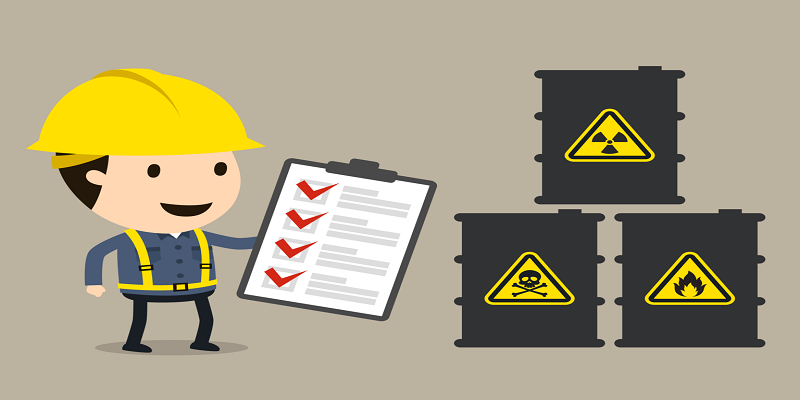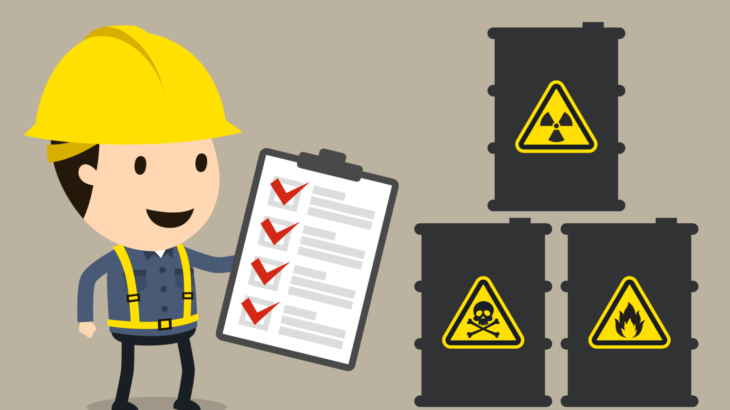
Every company would have their workers’ safety in mind. The concern is even more serious in industries handling hazardous chemicals. It is the reason why manufacturing and industrial sectors depend on Safety Data Sheets (SDS). It becomes very essential during an emergency as the document contains crucial information about the use, maintenance, and mitigation of the risk of hazardous substances at the workplace.
This blog post will highlight the importance of Safety Data Sheets and why a company must get the best SDS services to keep the workplace safe.
Sections of SDS
Various SDS sections are composed of valuable information for the use, disposal, and adequate risk elimination methods concerning a hazardous product. Safety Data Sheets outline the nature of the chemical and its potential to cause harm to people in direct contact with it.
However, some sections of SDS are more important than others. The succeeding sections of the blog post will explore a few of these in detail and explain how to use the information during unforeseen circumstances.
Key sections to use in an emergency
When companies use harmful chemicals, there is always a risk hidden behind every step. Therefore, the employees and the first respondents must be aware of the chemical and its properties. People involved should have knowledge about the measures to be taken and what not to do in an emergency. This information is readily available in an SDS document. It is one of the essential elements in REACH compliance. Here are a few sections to look into in worst-case scenarios:
- Section 4 – First-Aid
- Section 5 – Fire-prevention
- Section 6 – Accidental release actions
First Aid Protocols – Section 4
This section contains simple details to provide first aid to someone exposed to the hazardous substance. Even an unskilled person should be able to clearly understand and execute the measures listed in this section. The first respondent will get an idea about the symptoms they must look for and any other special treatment approaches to follow.
Fire Prevention – Section 5
Fire is very prevalent in the EEE industry. Hence, these companies must have a robust RoHS compliance & SDS maintenance system in place. Section 5 informs the firefighters about the extinguishing material that is capable of putting out the fire caused by a specific product. Some chemicals will be immune to the standard water treatment and thus require special measures.
Therefore, the best way to combat the fire will be given in the ‘Suitable Extinguishing Media’ sub-section. For example, a substance that has a lower density than water would need some other medium to extinguish it. This section will also highlight the equipment that the fire-fighters must keep in handy during the fire.
Accidental Release Actions – Section 6
In the event of an accidental release, people inside the industry and the public are affected. Therefore, section 6 states all the measures and protective equipment to avoid exposure to the chemical. This information is found in the ‘Personal precautions, protective equipment, and emergency procedure’ sub-section.
The ‘Environment precautions’ part of Section 6 highlights the steps to control the spread or contamination of public resources.
Therefore, a proper understanding of SDS preparation and use is a must to ensure safety at the workplace. Contact Sunstream for SDS and RoHS, REACH, and conflict mineral compliance today!




 +1.585.935.7123
+1.585.935.7123 +91-804-148-6861
+91-804-148-6861